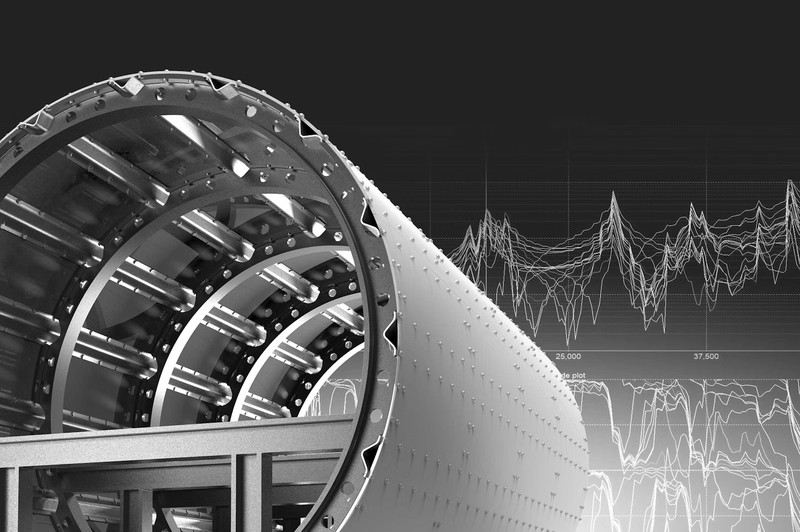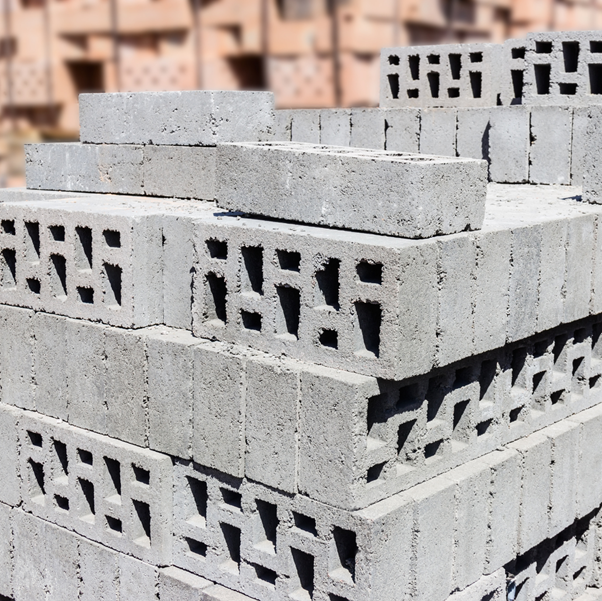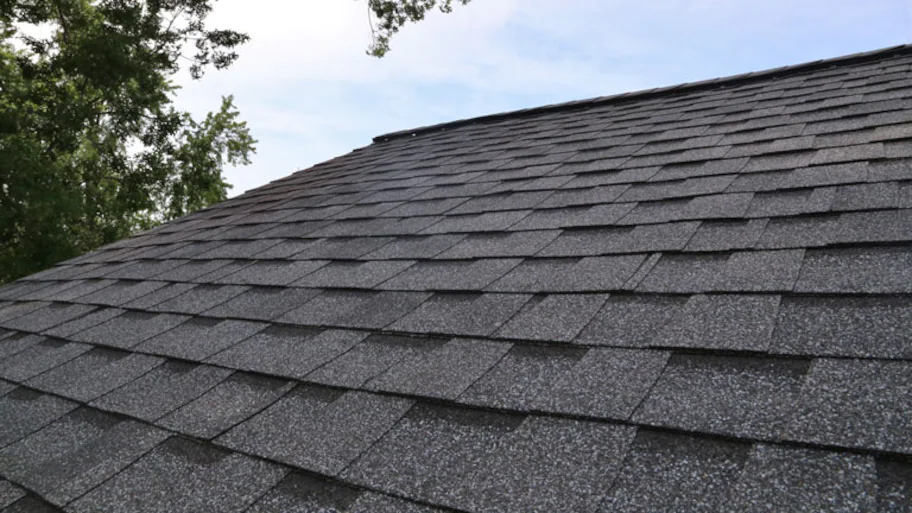Structural construction involves making buildings and infrastructure as stable and safe as possible. Structural engineers use dynamic analysis to understand how structures react under dynamic loads like wind, earthquake, and vibration. Dynamic analysis allows engineers to simulate real-world situations and analyse how structures respond to dynamic forces. This allows engineers to improve structural designs, increase stability, and reduce the risk of failures. In this post, we will look at the role dynamic analysis plays in structural construction, and how structural consultants can help engineers optimise structural stability.
Understanding Dynamic Analysis:
Dynamic analysis is the process of analysing the behaviour of structures that have been subjected to a dynamic load or excitation. Dynamic loads can range in size, frequency and direction, presenting unique challenges to structural stability and performance. Dynamic analysis uses mathematical modelling and simulation to predict how structures respond to dynamic forces, such as inertia, damping and stiffness.
Importance of Dynamic Analysis:
Dynamic analysis is essential for several reasons:
- Seismic Design: Structures are subject to dynamic forces during an earthquake, which can cause ground shaking and structural damage. Engineers can use dynamic analysis to evaluate buildings and infrastructure’s seismic performance, identify weak points, and design to improve seismic resilience.
- Wind Engineering: Wind-induced vibration can have a significant impact on the structural integrity and comfort of high-rise structures such as towers, bridges and more. Dynamic analysis allows engineers to assess wind loads, anticipate structural responses and optimise design to reduce wind-induced vibration and flutter effects.
- Vibration Control: Vibrations from machinery, traffic or environmental factors can damage structures and reduce comfort for occupants. Dynamic analysis allows engineers to evaluate the dynamic properties of structures, determine resonance frequencies and apply vibration control measures, such as finely tuned mass dampers or base isolation systems.
- Dynamic Loading: Structures may be subjected to dynamic loads during their lifespan, such as vehicle traffic on bridges or machinery operation in industrial facilities. Dynamic analysis helps engineers evaluate the effects of dynamic loading on structural components, assess fatigue life, and optimise designs to ensure long-term durability and safety.
Role of Structural Consultants:
Structural consultants in bangalore play an essential role in structural stability optimisation through dynamic analysis. Based in Bangalore, a hub of technological development and engineering excellence, the structural consultants bring their knowledge and experience to bear on a variety of projects. They carry out dynamic analysis studies, evaluate structural performance under dynamic loads and suggest design actions to improve stability and performance. They work with architects, engineers and contractors to include dynamic analysis in the design process.
Using sophisticated modelling and simulation software, they create precise and realistic images of structures, taking into account factors like material properties, geometry and boundary conditions. They also provide expertise in choosing the right analysis methods and techniques for each project, interpreting analysis results, identifying critical structural elements and suggesting design adjustments or retrofit actions to deal with dynamic loading effects and increase structural stability.
To sum up, dynamic analysis plays an essential role in enhancing structural stability and enhancing the safety and robustness of buildings and infrastructures. Through the simulation of real-world conditions, and the analysis of the dynamic behaviour of the structures, engineers can detect weak points, reduce risks, and optimise designs to withstand dynamic loads. Structural consultants, including consultants in Bangalore, help in the effective implementation of dynamic analysis techniques, making sure that structures are robust, durable, and able to withstand the challenges of dynamic loads.




